Bathroom Fittings Diverter: Function, Types, and 2025 Market Insights
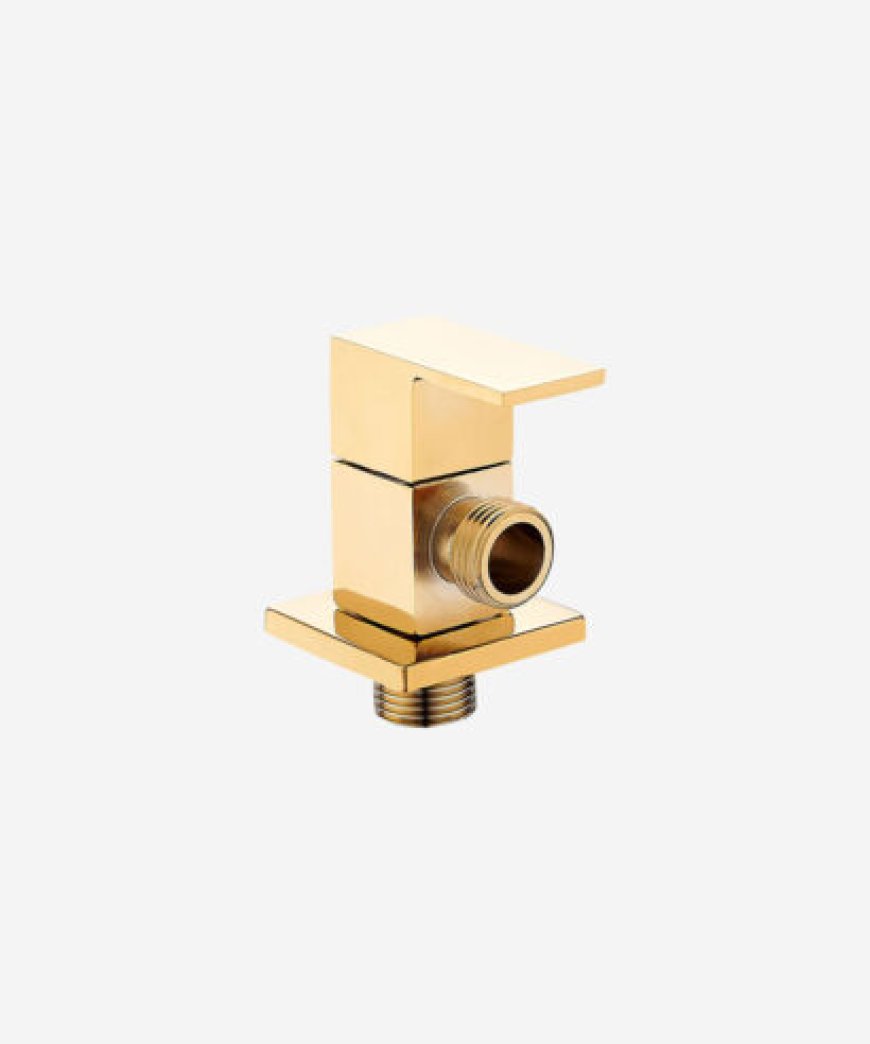
As modern homes and commercial spaces evolve, so do their interiors—especially bathrooms. Today’s bathrooms are no longer just functional zones but thoughtfully designed spaces focused on comfort, efficiency, and style. Among the many components that help bring this vision to life, one critical element often overlooked is the bathroom fittings diverter. In 2025, diverters have become an essential part of bathroom plumbing systems, enabling smart water flow management, enhancing user convenience, and contributing to aesthetic and functional upgrades.
This blog explores the concept, types, working mechanisms, and latest market trends of diverters in bathroom fittings, offering a comprehensive guide for homeowners, architects, contractors, and plumbing professionals.
What Is a Bathroom Fittings Diverter?
A bathroom fittings diverter is a valve or control mechanism that diverts the flow of water between different outlets from a single source. Typically installed in the shower area, a diverter allows users to switch water flow between the overhead shower, hand shower, spout (for filling buckets or bathtubs), or even body jets in luxury setups.
In essence, it helps streamline the bathroom experience by allowing multiple water delivery systems to work efficiently without needing separate plumbing lines or taps for each outlet.
Why Are Diverters Important in Modern Bathrooms?
In 2025, the push for minimalism, intelligent space usage, and clean design has led to greater integration of diverters in modern bathroom layouts. Instead of cluttered walls with multiple controls or taps, diverters provide a single control mechanism that enhances functionality and preserves aesthetics.
Here are some reasons why diverters are considered indispensable in bathroom fittings today:
-
Space optimization: Allows multiple outputs from a single control unit, reducing wall clutter.
-
Water efficiency: Controls usage by delivering water only to the desired outlet.
-
User convenience: Simplifies operation for households with different water usage preferences.
-
Design flexibility: Enables the use of a wide variety of water outlets without separate plumbing.
-
Cost savings: Reduces material, plumbing labor, and maintenance costs in multi-outlet setups.
Types of Diverters in Bathroom Fittings
The diverter landscape in 2025 includes a variety of models designed to suit different plumbing needs, bathroom sizes, water pressures, and user preferences. The most commonly used diverter types are:
1. Two-Way Diverter
This model allows water to be diverted between two outlets, usually a showerhead and a spout or hand shower. It's the most basic and widely used diverter in Indian households.
2. Three-Way Diverter
This version offers a three-outlet configuration, commonly used in modern bathrooms with an overhead shower, hand shower, and bathtub spout. It provides better control and versatility, especially in larger bathrooms or luxury settings.
3. Concealed Diverter
Designed for aesthetic appeal, concealed diverters are installed inside the wall, with only the control knob visible. These diverters offer a seamless look and are preferred in modern and premium bathroom designs.
4. Manual Diverter
This is operated by physically turning or pushing a knob, lever, or button. It is simple, reliable, and widely available.
5. Thermostatic Diverter
A high-end solution, this diverter is integrated with thermostatic technology to control both water flow and temperature. It ensures comfort and safety, especially in homes with children or elderly users.
Materials and Finishes in 2025
In recent years, there has been an increased focus on durability, corrosion resistance, and finish aesthetics in bathroom fittings, and diverters are no exception. The most common materials used in diverter manufacturing include:
-
Brass: Highly durable and corrosion-resistant, suitable for long-term usage and consistent water pressure.
-
Stainless Steel: Offers good strength and resistance to rust, often used in concealed setups.
-
ABS Plastic (for budget models): Lightweight and affordable but generally less durable than metal variants.
Popular finishes trending in 2025 include matte black, brushed nickel, chrome, antique bronze, and rose gold. These finishes are chosen to match overall bathroom themes and ensure a unified appearance.
Installation Considerations
The performance of a bathroom diverter greatly depends on proper installation. Key considerations include:
-
Water pressure compatibility: Diverters must be chosen based on the average water pressure in the bathroom.
-
Outlet alignment: Proper alignment ensures smooth switching between outlets.
-
Concealed vs. exposed setup: Concealed diverters require pre-planned plumbing and are ideal for new constructions or complete renovations.
-
Maintenance access: Even with concealed diverters, access panels should be installed for maintenance needs.
Plumbing professionals often recommend pressure-balancing diverters in homes with fluctuating water supply to prevent scalding or reduced flow.
Challenges in Diverter Usage
Despite being a reliable and efficient fixture, diverters can pose a few challenges if not selected or maintained properly:
-
Blockages: Hard water and sediment can clog internal passages, affecting performance.
-
Wear and tear: Frequent usage may cause knob stiffness or valve leaks over time.
-
Incompatibility: Using a diverter not designed for the bathroom’s plumbing layout can lead to low pressure or ineffective flow.
These issues can be addressed by selecting the right material, scheduling regular maintenance, and ensuring professional installation.
Key Trends in the Bathroom Fittings Market (2025 Update)
1. Smart Diverters and Touchless Controls
Emerging innovations in smart home technology are now entering bathrooms. Touch-free diverters or models with digital displays are being introduced in premium homes and hotels, offering preset temperatures and flow settings.
2. Sustainability-Driven Designs
Manufacturers are introducing diverters that reduce water waste by preventing leakage during switching and offering eco modes for reduced flow.
3. Customization and Modular Systems
There’s a rising preference for modular bathroom fittings. Users can now customize diverter sets with optional add-ons like temperature control or flow timers to suit personal needs.
4. Universal Fittings
To simplify the supply chain and installation process, more products now follow standard sizing and compatibility with a wide range of showerheads, taps, and valves.
Buying Considerations for Contractors and Designers
For professionals involved in bulk procurement or premium interior projects, evaluating diverters goes beyond visual design. Important factors to consider include:
-
Certifications for water safety and pressure resistance
-
Warranty and lifecycle expectations
-
Availability of replacement parts
-
Ease of installation and access for maintenance
-
Finish consistency across matching bathroom fittings
Conclusion
The bathroom fittings diverter is a small but significant component of modern plumbing systems. In 2025, as Indian homes, hotels, and commercial spaces adopt better bathroom designs, diverters have become central to water management, aesthetics, and user comfort.
Whether planning a new construction project, renovating a bathroom, or upgrading plumbing systems, choosing the right diverter is crucial. With evolving materials, technologies, and design expectations, the market for bathroom diverters is set to continue growing — serving as a reflection of how functionality and style can coexist in even the most practical corners of a modern living space.







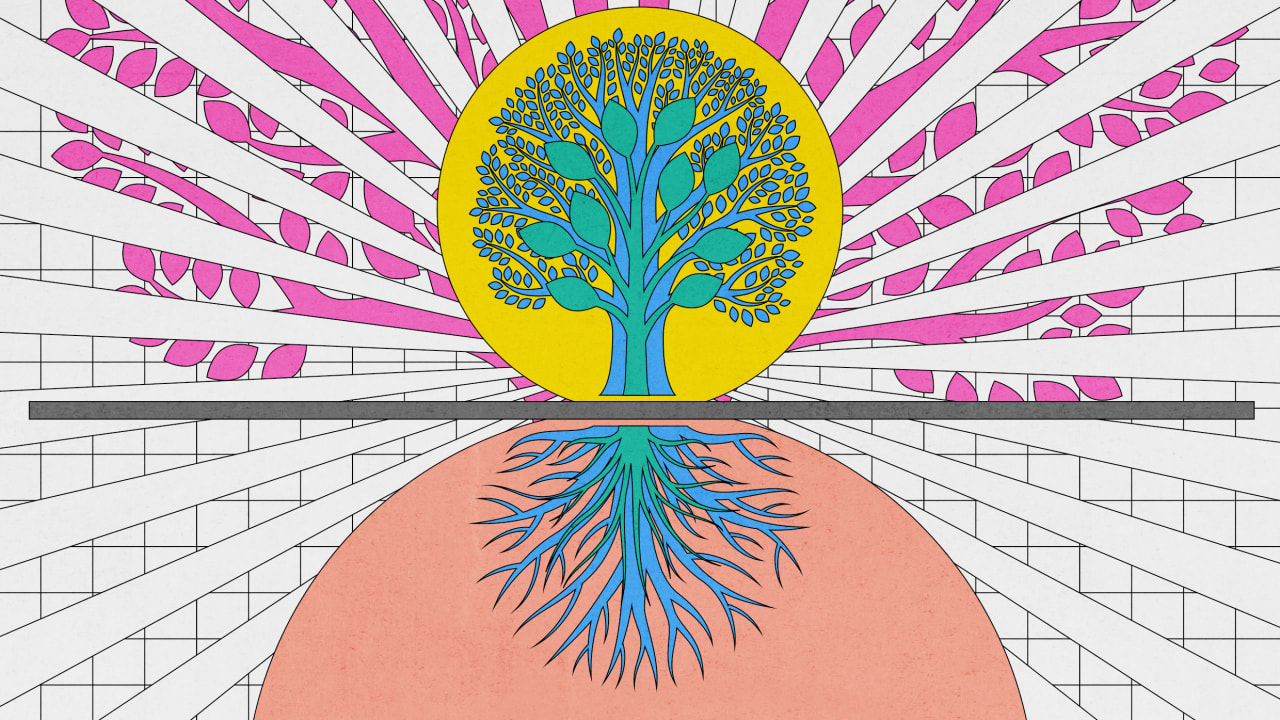


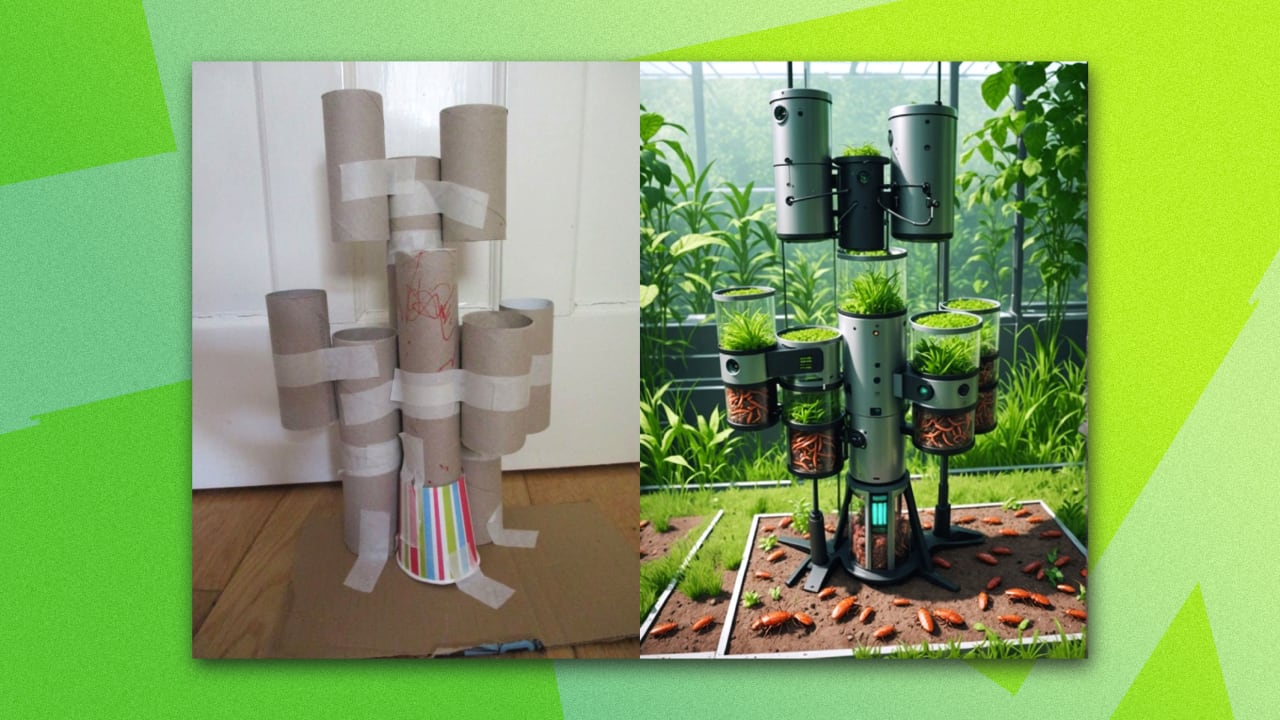
























































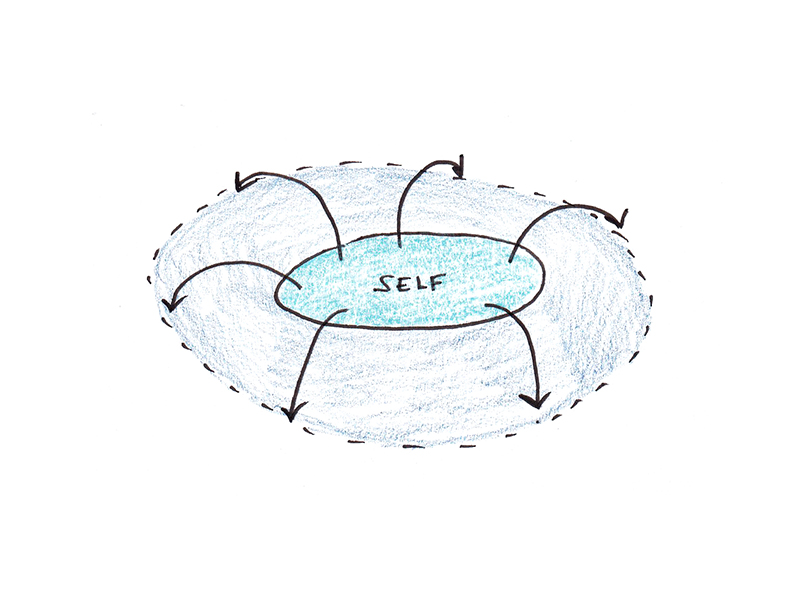





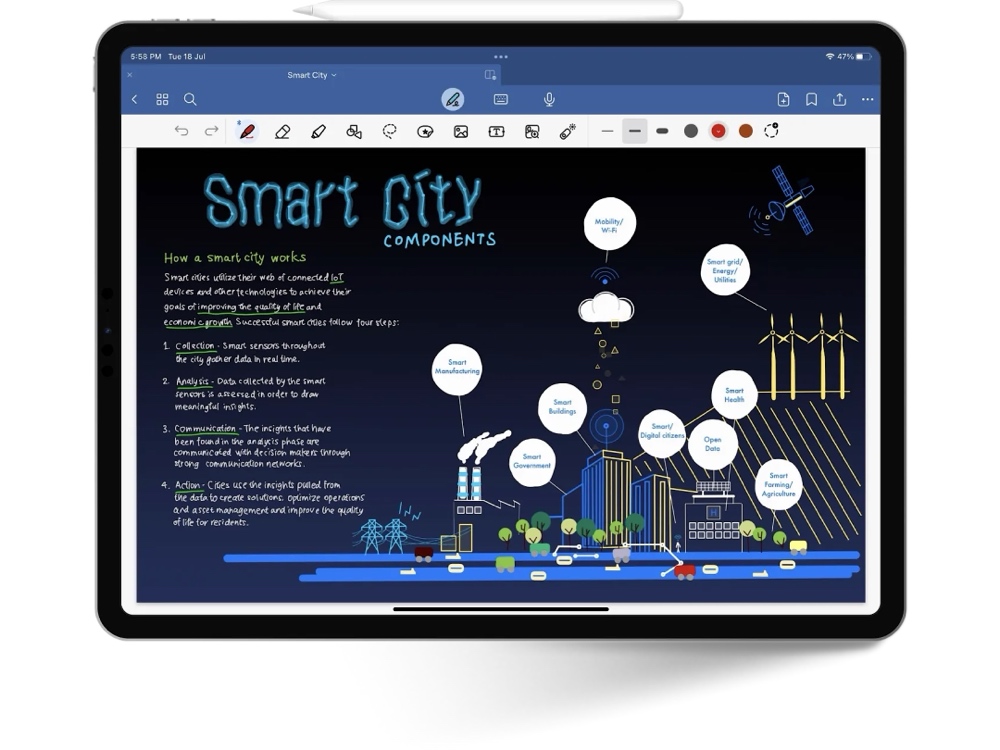





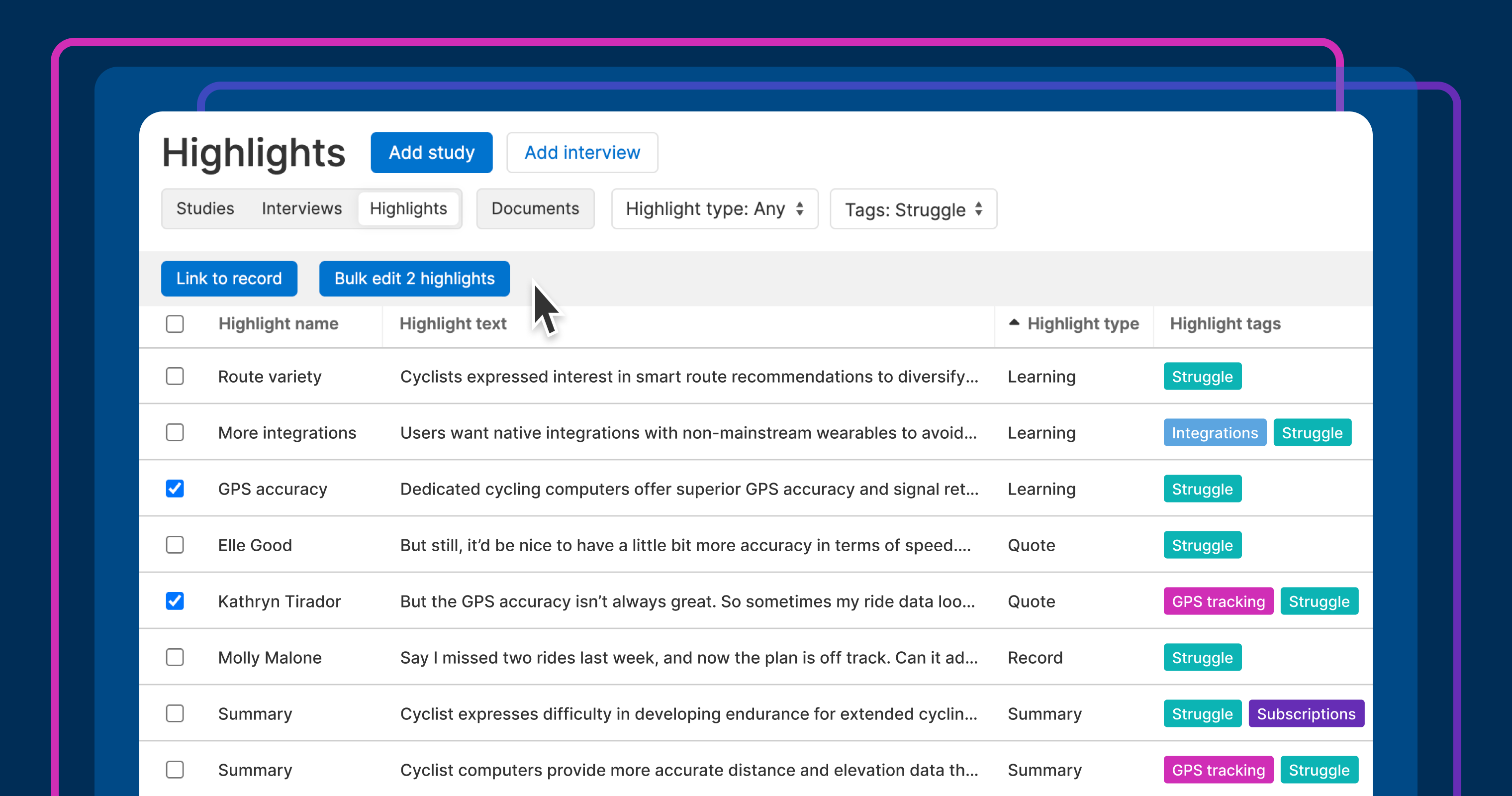








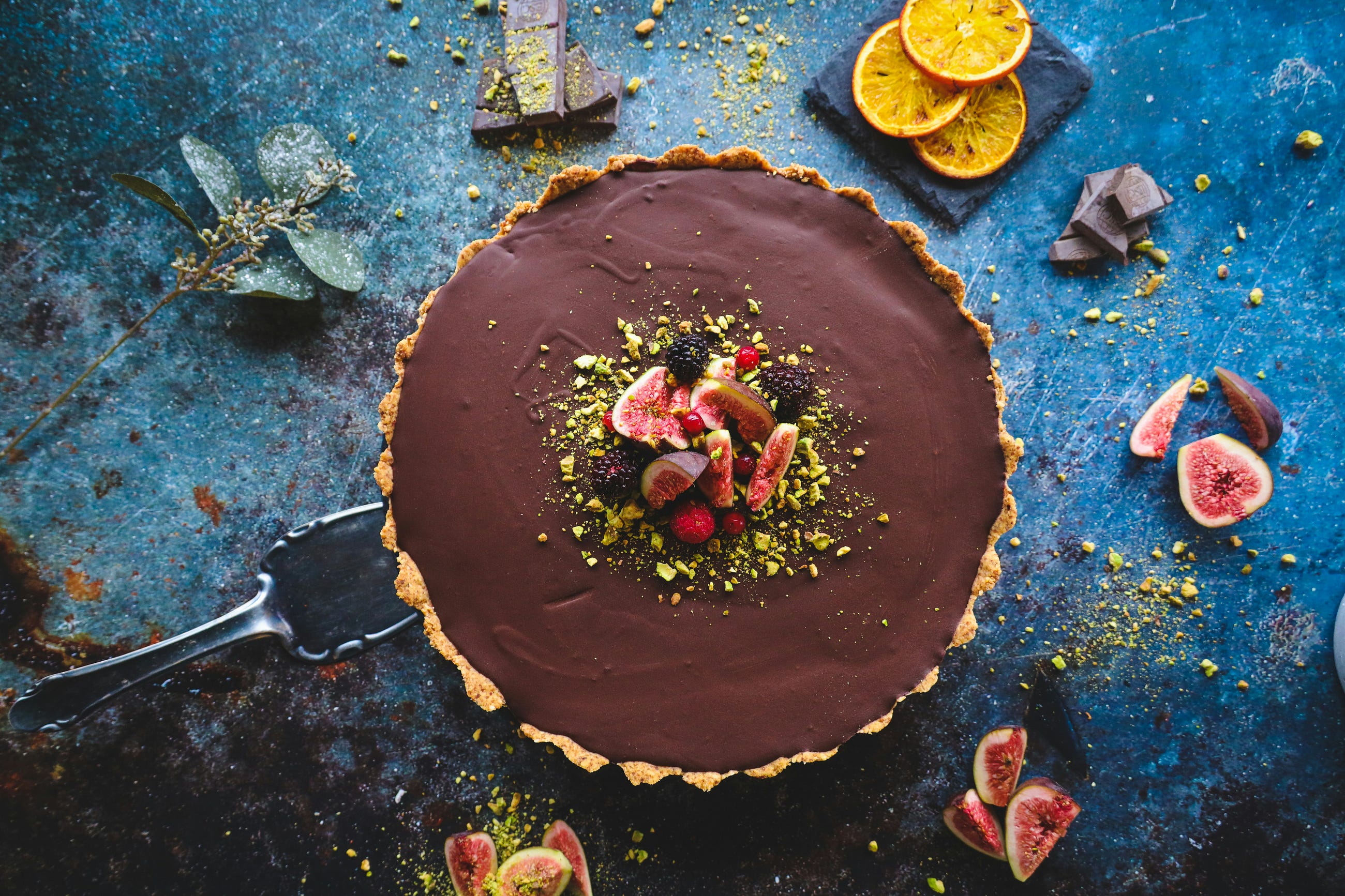















![Building A Digital PR Strategy: 10 Essential Steps for Beginners [With Examples]](https://buzzsumo.com/wp-content/uploads/2023/09/Building-A-Digital-PR-Strategy-10-Essential-Steps-for-Beginners-With-Examples-bblog-masthead.jpg)












































